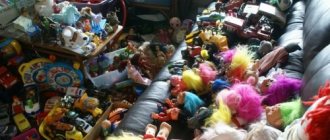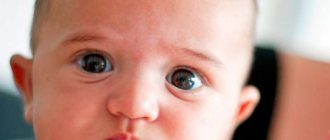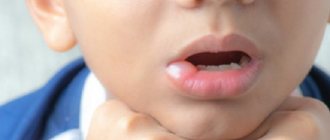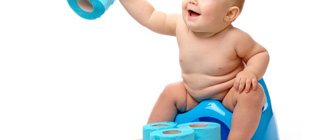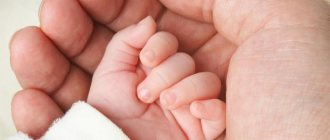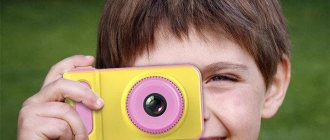Every mother wants her baby to have the best things and the most beautiful toys. Parents often buy everything in children's stores, thinking that this will bring happiness to their child. But is this attitude useful? And one more important question: are you thinking about whether the toy is suitable specifically for your child and how he will use it?
It is very important that from a very early age the baby is not spoiled by unnecessary things. And it is also impossible for a child to be surrounded by toys that can harm him. How to choose the perfect one? There are three important criteria by which you can determine a truly useful and interesting toy.
First: the age and capabilities of the child
It has long been known that children differ from each other in cultural, mental, emotional and physical development. This means that you should also select toys for a child taking into account individual characteristics. If you buy your child an item that is intended for a teenager, he will not be able to use it, and most likely he will simply break it. And vice versa, if you buy a schoolchild a toy intended for a baby, he will not be interested in it and will remain collecting dust in the corner. In addition, take into account the mental abilities of children, because a toy that they cannot figure out on their own can greatly reduce their self-confidence and self-esteem.
A good toy suits a child, makes him happy, develops his abilities and teaches him useful things, and also gives him a willingness to learn new things.
How to choose the right toys
How children play by age
Infants (up to one year)
When a baby is born, he wants to explore this wonderful world. The first toys create the conditions for the baby's development. They want to get all the sensations at once in one game. That's why they touch, try, throw, observe. Then the game starts to get more difficult. Grab an object and shake it. This stage appears around 4 months. By 6 months, the child can transfer a toy from one hand to the other. And at 9 months, improved skills make it possible to lift small toys. A child at this age can learn everything on his own; for about a year he already needs help. The baby begins to imitate. And the most important thing for him is an adult, not toys.
By the age of one year, the child already begins to understand the interaction of things, their smell, taste, sound. The next stage of development is research into the functionality of objects. Those. what are they needed for.
Nurseries (children from one to three years old)
A child of this age is a real researcher and experimenter. He is no longer interested in just the object, but in its functions and purpose. These are games with motor skills that develop the brain very quickly. If you have noticed how a child speaks on the phone, or rather imitates it, tries to make something out of blocks, imitates, it means your child has reached this stage of development, and it’s very good, if this happens earlier, it means your child’s development is ahead of his age.
After a year, the child can already distinguish colors more clearly, and new bright toys will delight him. He can draw with chalk if you buy a board. At three years old he can already ride a tricycle. Mistakes are typical at this age, because the baby wants to try absolutely everything. And it’s not difficult to choose toys for his age.
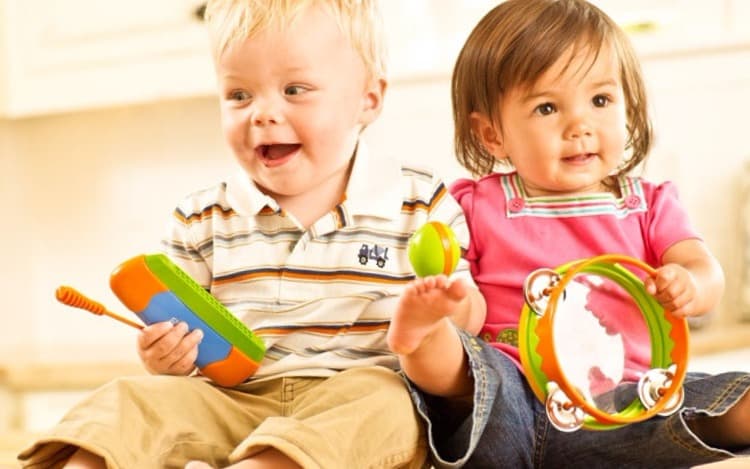
Preschool age (from 3 to 6 years)
At this age, all actions are already more conscious. They can not only use objects for their intended purpose, but also fantasize and invent their own worlds. For them, play is about using objects to the maximum.
These children really like to imagine themselves as someone. The boys are real superheroes, astronauts who must protect the world with the help of their superpowers. The girls feel like princesses and sorceresses. Cartoons and fairy tales also contribute to this. It is likely that the child will have an imaginary friend. This is quite normal, with its help the child learns to cope with stress, worries, and dreams.
Even preschool age is a whole show. Children love to show and show off, so watch carefully if he comes running to show you his achievement. Children at this age like to establish contact and learn to make friends. Plus, games move to the physical level of development. They like to run and jump.
Schoolchildren (from 6 to 10)
When a child goes to school, he already has a huge amount of knowledge. Now the tasks are becoming more complicated, and a training system is being developed. Socialization occurs in more complex conditions. And games are also becoming more difficult. Those skills that were acquired earlier begin to develop talents in the child, and this could happen through a simple game. Now some games are replacing hobbies. Children are more drawn to team games of ball, catch-up, Cossacks-robbers, etc. Family games at this time help the child feel in his comfort zone, so do not neglect communication time just because the child is older.
Third: satisfying psychological needs
A good toy prepares children for future learning and develops their innate inclinations and desires. In addition, it creates an opportunity for the child to express his preferences.
- The right toy stimulates children's cognitive development, trains their cognitive and reasoning skills, and gives them the opportunity to imagine and invent.
- The toy should help the child learn new social roles, encourage empathy and solidarity, and provide the opportunity to compare individual play with collective play.
- A good toy is safe. It has no sharp corners, it is not too heavy, but it is stable and maintains balance well. It is made from environmentally friendly material, does not contain small parts, and the paint applied to the surface is non-toxic.
- The right toy corresponds to the reality surrounding the child. It is attractive in appearance and color, and evokes positive emotions. In addition, the toy must meet aesthetic principles.
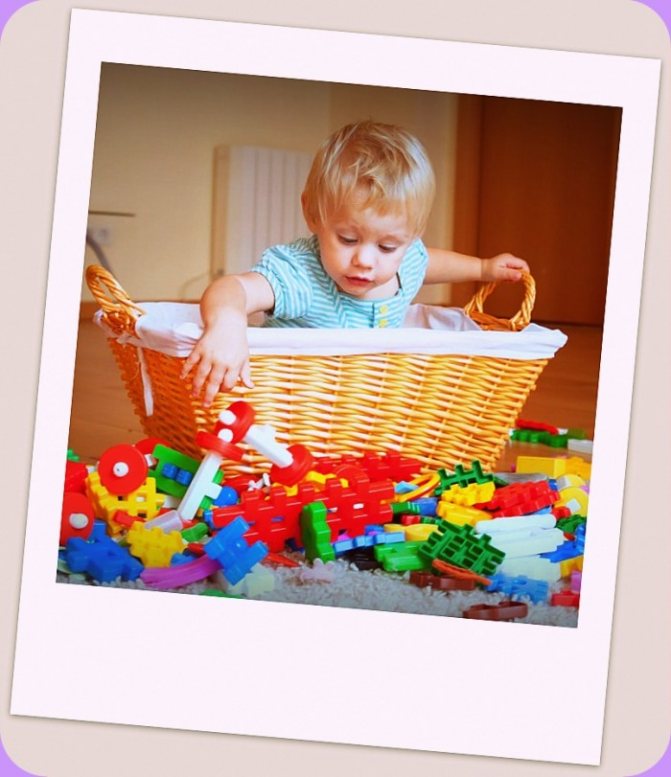
Choosing toys by age
Toys for children 4-7 months
Teether rings. Many babies begin teething at four months of age. Teethers can be different in shape, texture and rigidity. They are made from silicone, latex, plastic or teethers that differ in shape, texture and hardness, and wood. Buy several different teethers for your baby, and he will choose the one that suits him best.
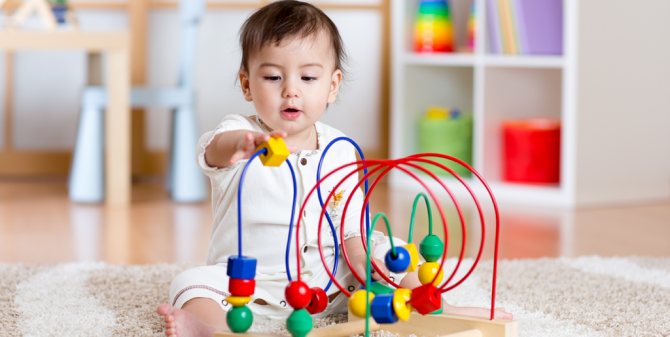
Wooden lacing beads. Indispensable for the development of fine motor skills.
Rag cube or ball. This toy ideally develops grasping skills. If there is a bell inside it, then hearing will also develop. The main thing is that this toy is small in size and easy to grasp with small hands.
How to choose the perfect toy
Before you buy a toy you like, ask yourself a few important questions.
- Is this toy appropriate for your child's age? Will he cope with it on his own? Will he be able to understand the principle of operation?
- Is the toy attractive from a child's point of view?
- Does the toy comply with Islamic standards?
- Is the toy safe? If the baby plays with her alone, will it turn out that he will be able to harm himself?
- Does the toy awaken imagination or the desire to invent?
- Does it teach morality? Is the toy intended to be played alone or in a group?
- Doesn't using a toy lead to disbelief?
Only if you answered yes to all these questions, you can safely buy the toy you like and feel free to give it to your child: he will definitely like it.
Rules for choosing children's toys
When choosing a toy, take a closer look at it and examine it, read everything that is written on the package. It is important to pay attention to :
Article on the topic
New Year for a child: should an adult dress up as Santa Claus?
Material .
The toy must be made of safe materials. Do not buy toys made from natural fur and tree bark; in addition, toys made from leather are not recommended for children under 3 years of age. When choosing soft toys, it is worth remembering that they must have dense and well-stitched pile, as they can shed. Also, bacteria accumulate in soft toys, and they can become a source of infections, so this is not the best option for the youngest children and those who are prone to allergic reactions. Form . The toy must be free of sharp protruding parts, burrs and sharp corners that could injure the child.
Color that should be as natural as possible. Firstly, this does not violate the child’s understanding of the real world, and secondly, toys of “poisonous colors” can frighten children and contain “toxic” dyes. You should also avoid black and bright red toys; they may be poorly received by the child.
When choosing, it is worth considering that up to 4 months, children see yellow best, then orange and red, and by 6 months they can distinguish almost all the colors of the rainbow.
Smell . Feel free to sniff the toy right in the store. It should not have a persistent unpleasant odor, and if it does, it means it is made of “toxic” materials.
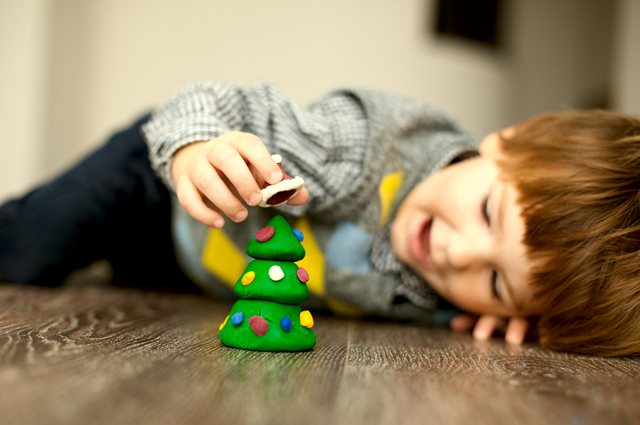
How many toys does a child need to be happy? Advice from psychologists
Read more >>
Instructions that should be studied in advance, even before purchase. Instructions for the correct use of the toy can be printed on the toy itself, on the packaging and label, or in the form of an insert. The instructions must include the following information :
- about the need for adults to assemble and install toys (for toys that should not be assembled by a child);
- by the presence of parts that potentially pose a danger to a child if the toy is installed incorrectly (for a slide with a sliding board, hanging swings, rings, trapezoids, ropes, etc.);
- on the use of the toy and precautions;
- warning about the possibility of accidents if safety precautions are not followed;
- instructions on storing toys in places inaccessible to children under 3 years of age;
- on the need for regular checks of the main elements of toys (suspension devices, fastenings, guy ropes);
- Instructions for using the toy carefully to avoid falls or collisions causing injury;
- recommendations on the use of protective equipment: helmets, gloves, elbow pads, knee pads (for toys - roller skates and roller boards).
Article on the topic
What to do with your child at home?
Advice for new mothers Warning labels . Please pay attention to the rules for safe use of toys. For example :
- “Not recommended for children under 3 years of age” - on toys that pose a danger to children under 3 years of age;
- "Attention! Use only under the direct supervision of adults” - on functional toys that pose a danger to children;
- "Carefully! To avoid the possibility of entangling the child, remove the toy when the child begins to rise on his hands and knees!” - on toys used in a cradle, bed or stroller.
Subject . Buy toys that will not harm the child’s psyche. Psychologists do not recommend buying children various monsters, mutants, etc.
Realism . Rospotrebnadzor specialists recommend choosing toys that are similar to real animals or people so that the child can draw an analogy.
Sound - it should not irritate the ear or frighten the child. If the toy has musical accompaniment, listen to all the melodies before purchasing and make sure that the baby will not be scared. In addition, pay attention to the sound volume or the ability to adjust it.
By the way, when buying musical wind toys, pay attention to the places where they come into contact with children’s lips - they should be made of easily disinfected materials that do not absorb moisture.
Details . Fixed parts of toys made of hard materials, such as metal, wood or plastic, must be installed so that the child cannot grasp them with his teeth. If parts are separated from the toy, they should not have sharp edges or ends.
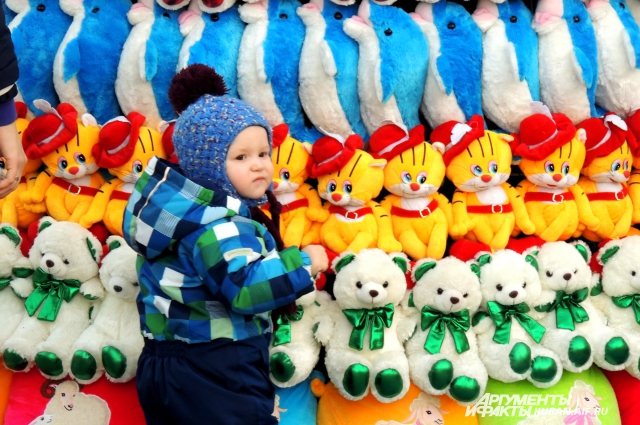
What toys do children like?
Read more >>
Child's age . When choosing a toy, be sure to pay attention to the age for which the toy is intended. In accordance with clause 3.4 of SanPiN 2.4.7.007-93, information on the age of children for whom a particular game or toy is intended must be indicated on the consumer packaging or insert, in particular :
- up to a year (early);
- from one to 3 years (nursery);
- from 3 years to 6 years (preschool);
- from 6 years to 10 years (junior school);
- from 10 years to 14 years (secondary school).
The place where you buy toys . Buy toys in specialized stores, do not buy toys “from hand” in places of unauthorized trade.
